
This temple was built during the reign of Pratihar king Mihir Bhoj, with the money given by the oil merchants, hence this temple is called Teli ka Mandir. This Teli ka Mandir is the tallest among all the existing monuments on the Gwalior Fort, whose height is about 30 meters.
Teli Ka Mandir Architecture
The sanctum and antral are prominent in the building plan of the temple and there are steps towards east to enter it. The main feature of the temple is its Raj Prusth shape roof which is built in Dravidian style and is rarely seen in North India.
The decoration of the temple is similar to that of various North Indian temples and its outer walls are decorated with various types of sculpture. Therefore, a mixture of North Indian and South Indian architecture is seen in this temple, although no inscription has been received from the temple, yet from the point of view of architecture, this temple appears to be of 9th century AD.
The two pavilion units and the entrance gate built in the eastern part of the temple were built in 1881 by Major Key during British rule.
Who built Teli Ka Mandir?
The temple was built during the reign of Pratihar king Mihir Bhoj.
Where is Teli Ka Mandir?
Teli ka Mandir is situated on the high hill of Gwalior city in Madhya Pradesh, very close to Gurdwara Data Bandi Chhor Sahib in the premises of famous Gwalior Fort.
Like the Sas Bahu Temple, this temple also comes under the National Protected Monument. There is no worship of any kind in the sanctum sanctorum of the temple, so no priest or mahant is appointed in the temple. All the people working in the temple are regular government employees. The entry fee for Teli Ka Mandir is through the ticket of Saas Bahu Mandir.
There is no guide facility of any kind in the temple premises. There is ample availability of parking outside the temple premises. Teli ka Mandir is an ancient temple as well as a very good place for photography, historical, architecture, archeology and in the form of a huge green garden.
The existing Man Mandir Mahal, Teli Ka Mandir and Do Sas Bahu Mandir in Gwalior Fort were repaired by orders of the Supreme Government to neglect ancient monuments in India. The cost of repairs was met with a royal grant of Rs 7625. 4000 rupees contributed by Maharaja Scindia, the executive officer Major Keith got it repaired between 1881 and 1883.
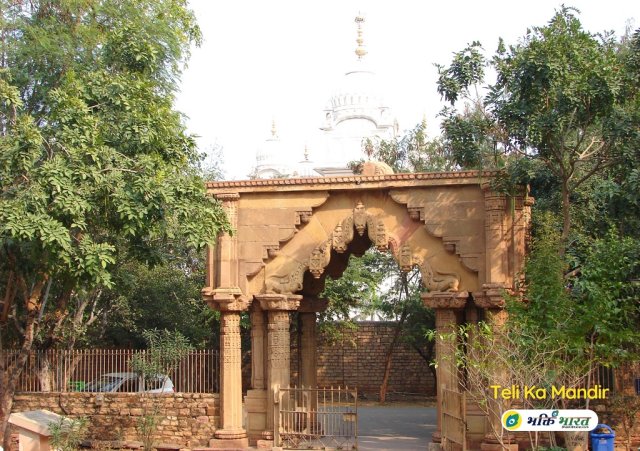
Entry Frm Temple Side
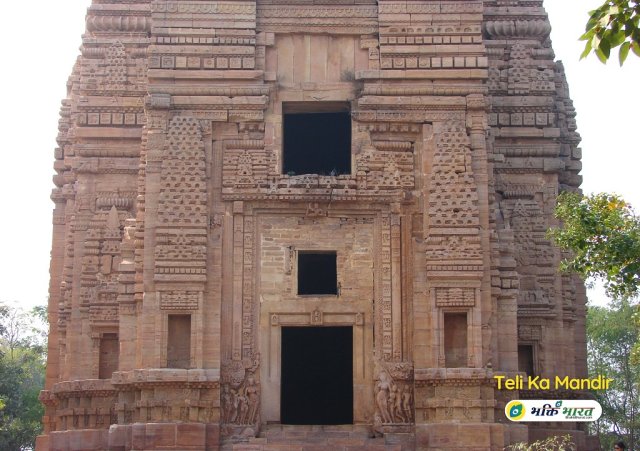
Front View Closeup
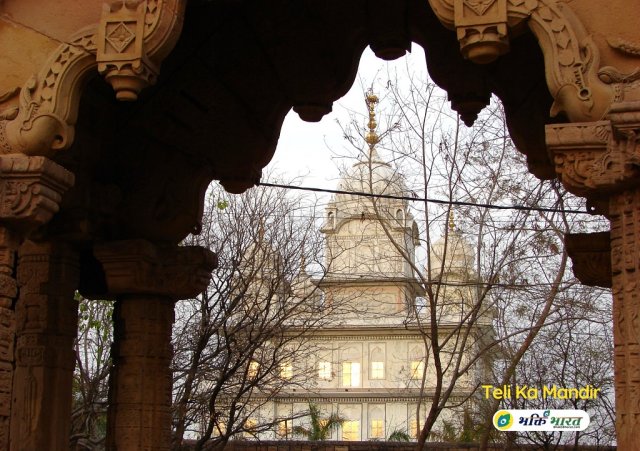
Gurudwara
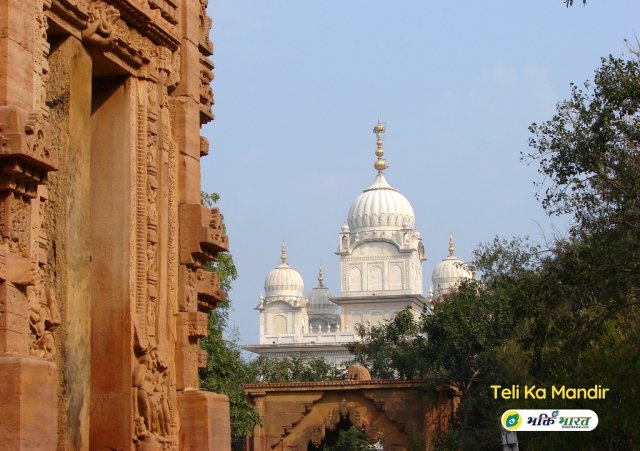
Gurudwara From Temple

Collage
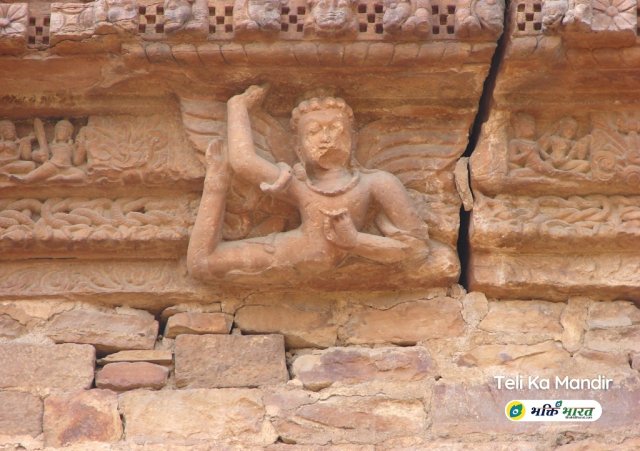
Chaukhat
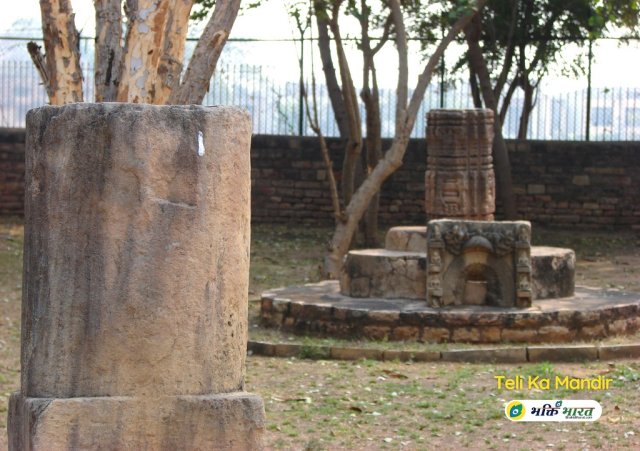
Khandahar
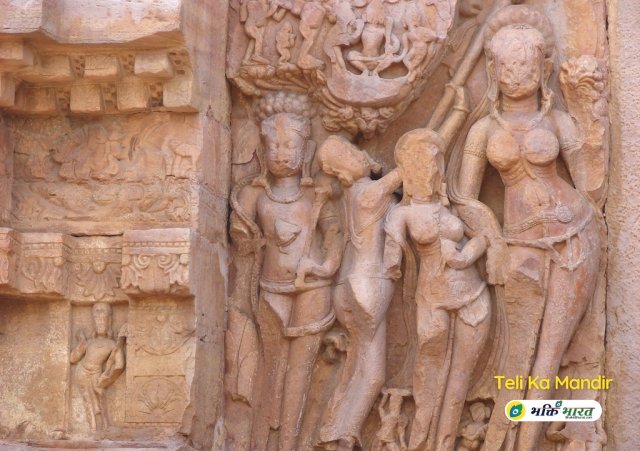
Dwar Kalakrati L
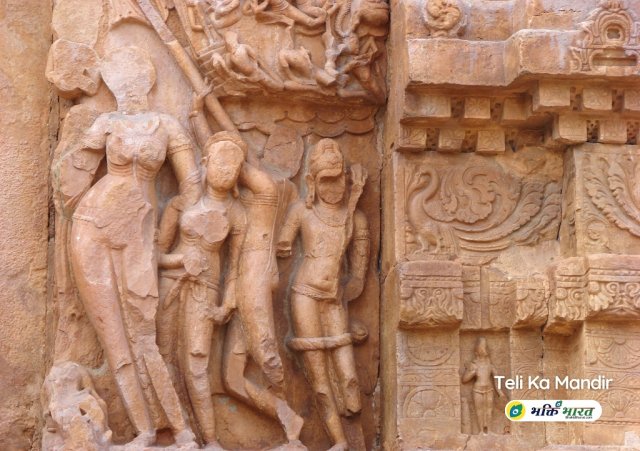
Dwar Kalakrati R
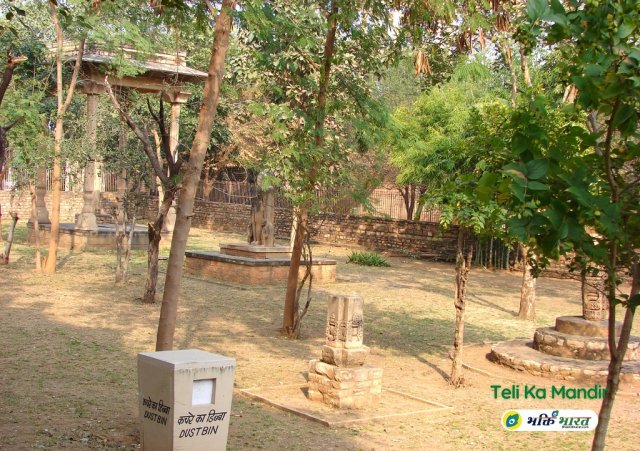
Greenery
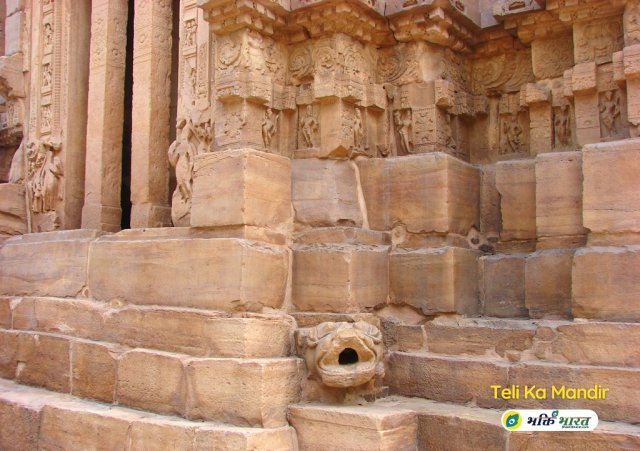
Makara
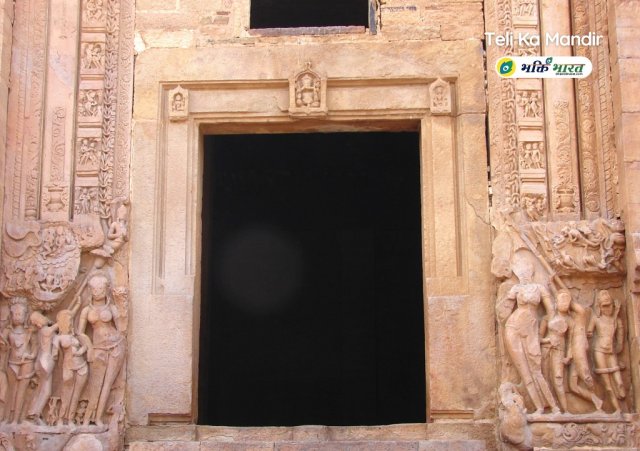
Mandir Dwar
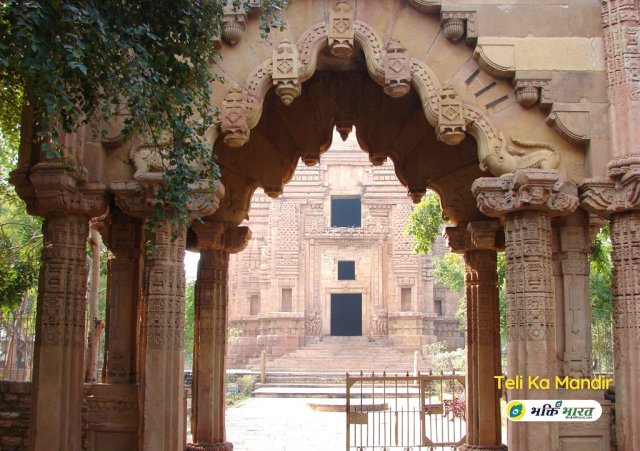
Outer Entry
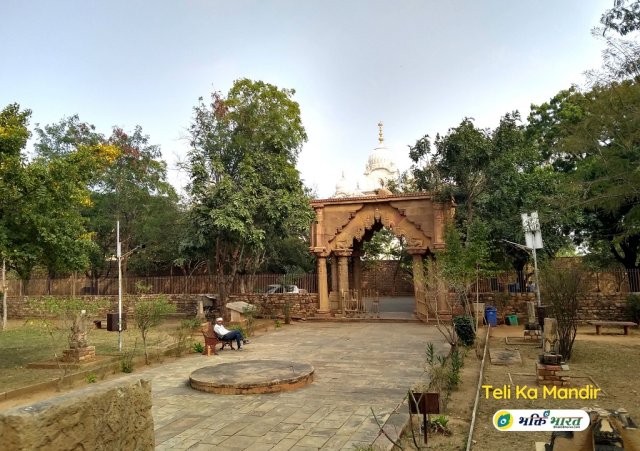
Outer Gate Frm Temple
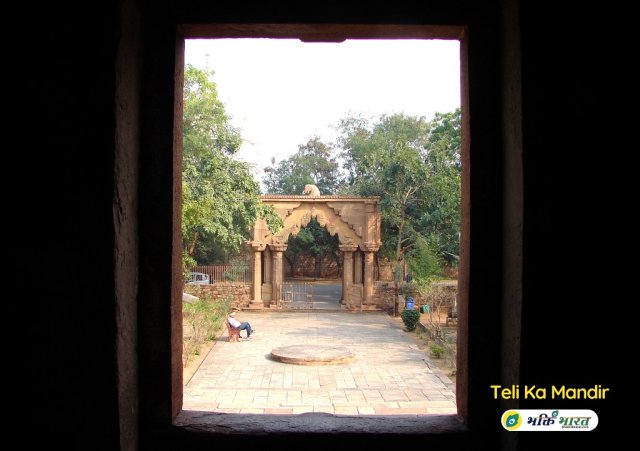
Photo Fram View
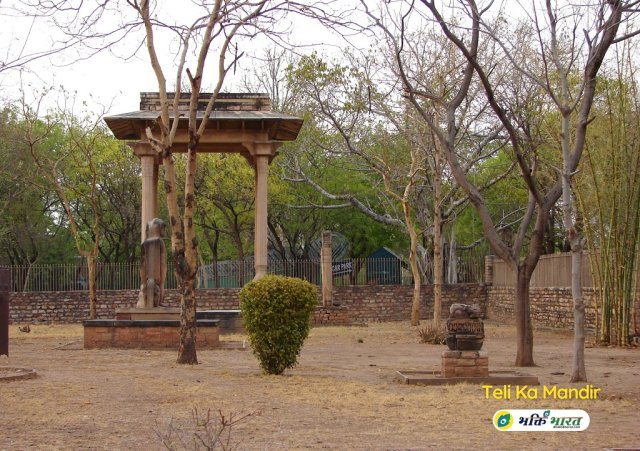
Right Side Garden
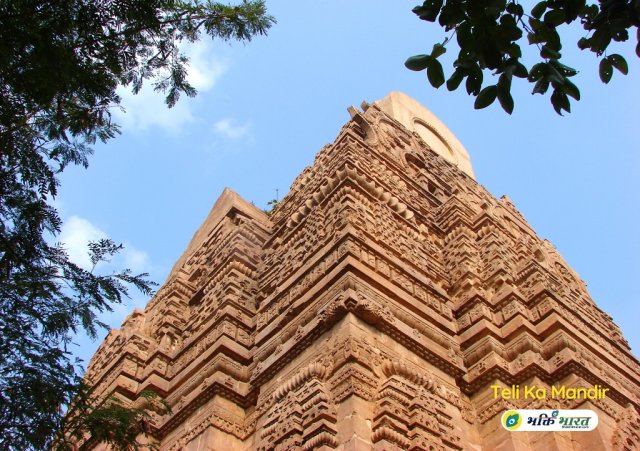
Temple Shikhar
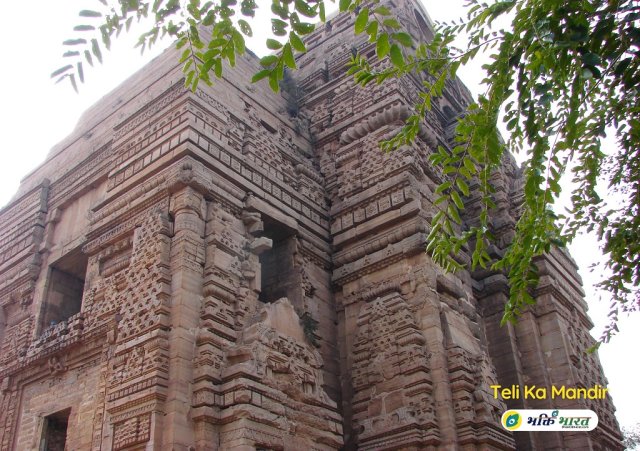
Temple Side View
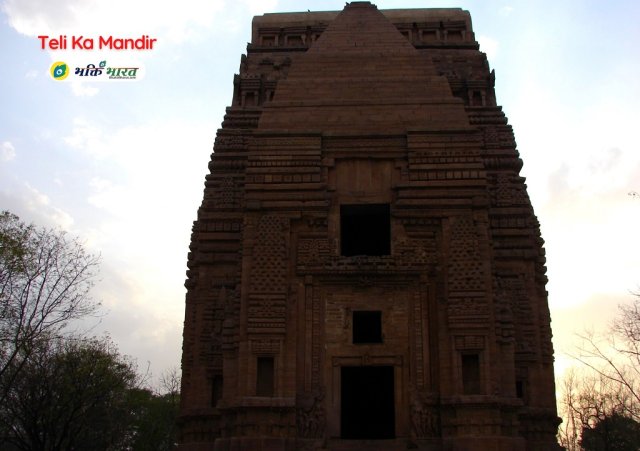
Temple Full View
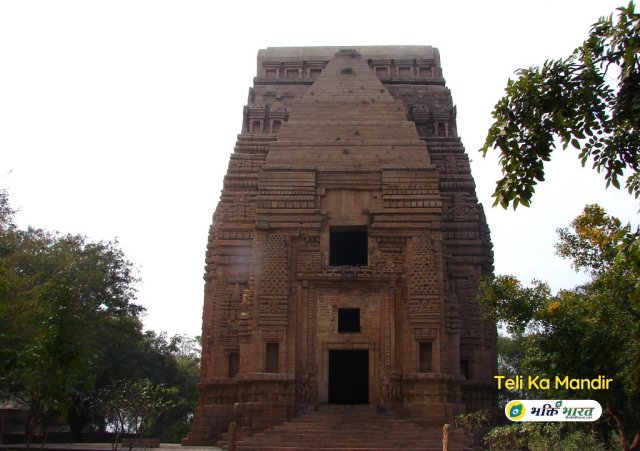
Temple Full View1
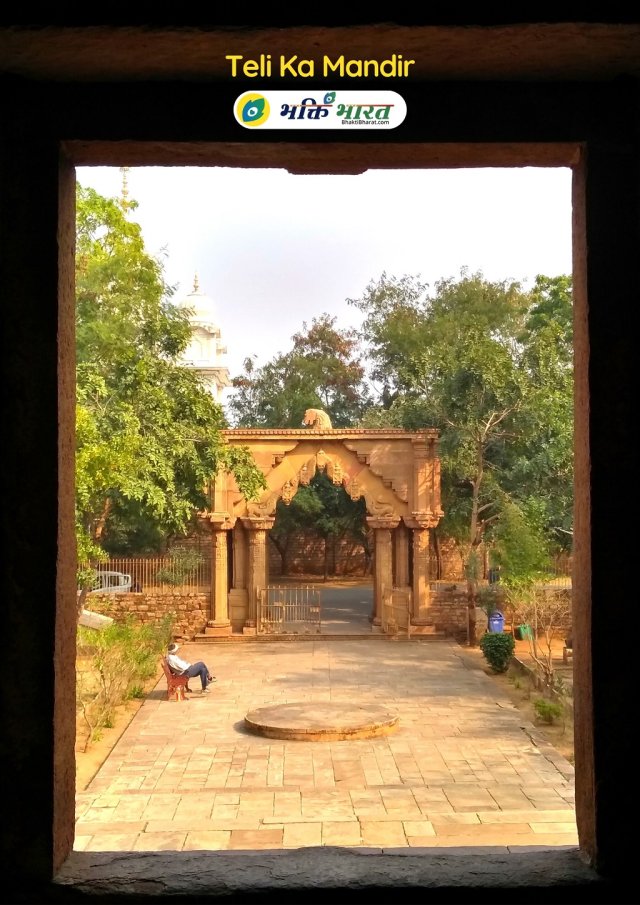
Photo Fram M
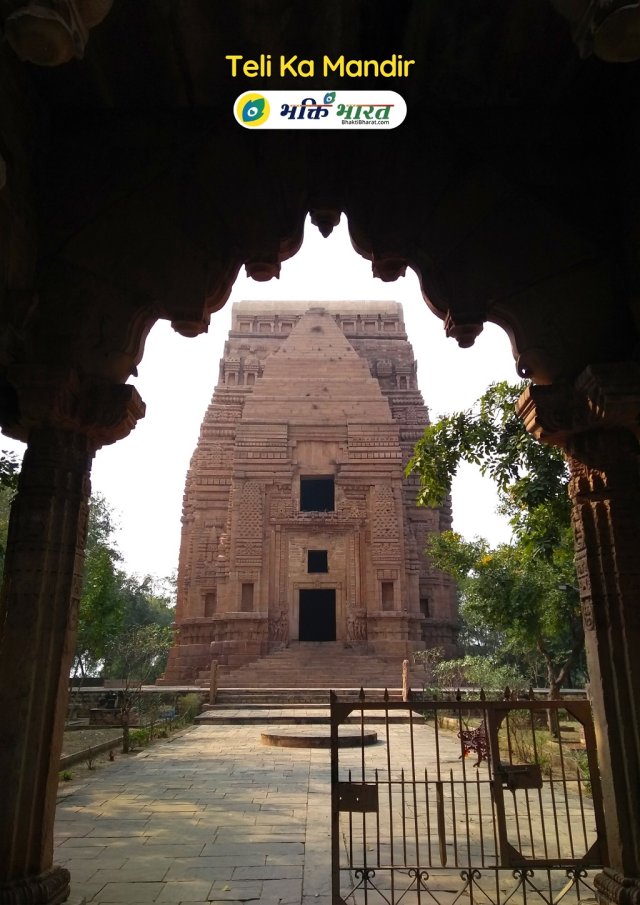
Photo Fram View2 M
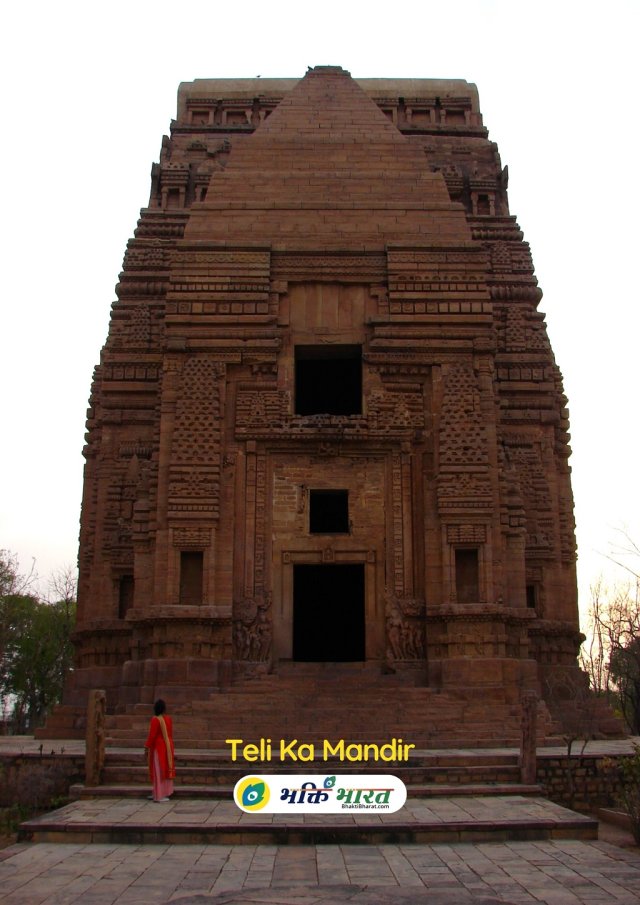
Temple Full View2 M
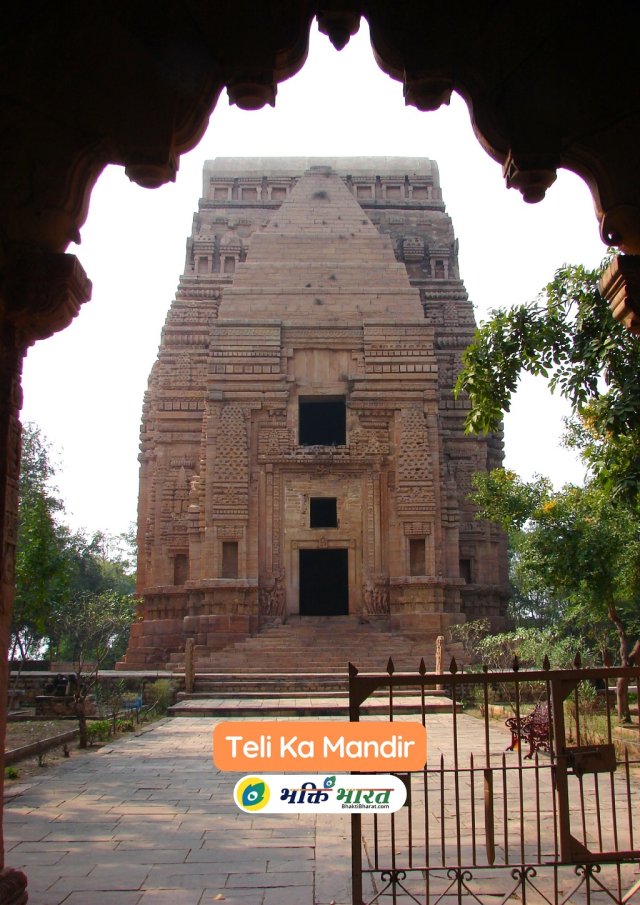
Temple Full View3 M
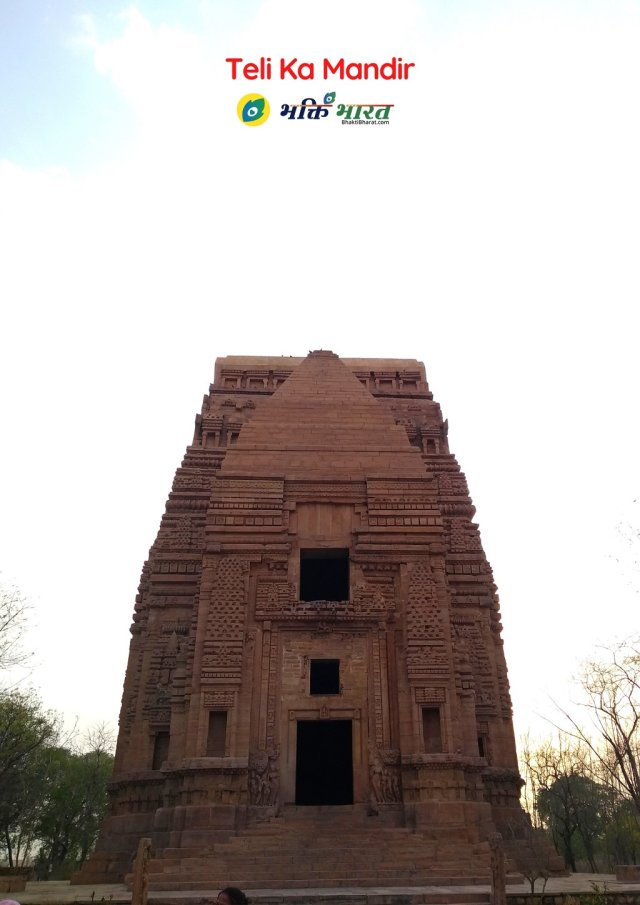
Temple Full View M
 Follow Bhakti Bharat Whatsapp Channel »
Follow Bhakti Bharat Whatsapp Channel »** Please write your any type of feedback or suggestion(s) on our contact us page. Whatever you think, (+) or (-) doesn't metter!
